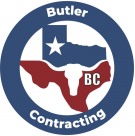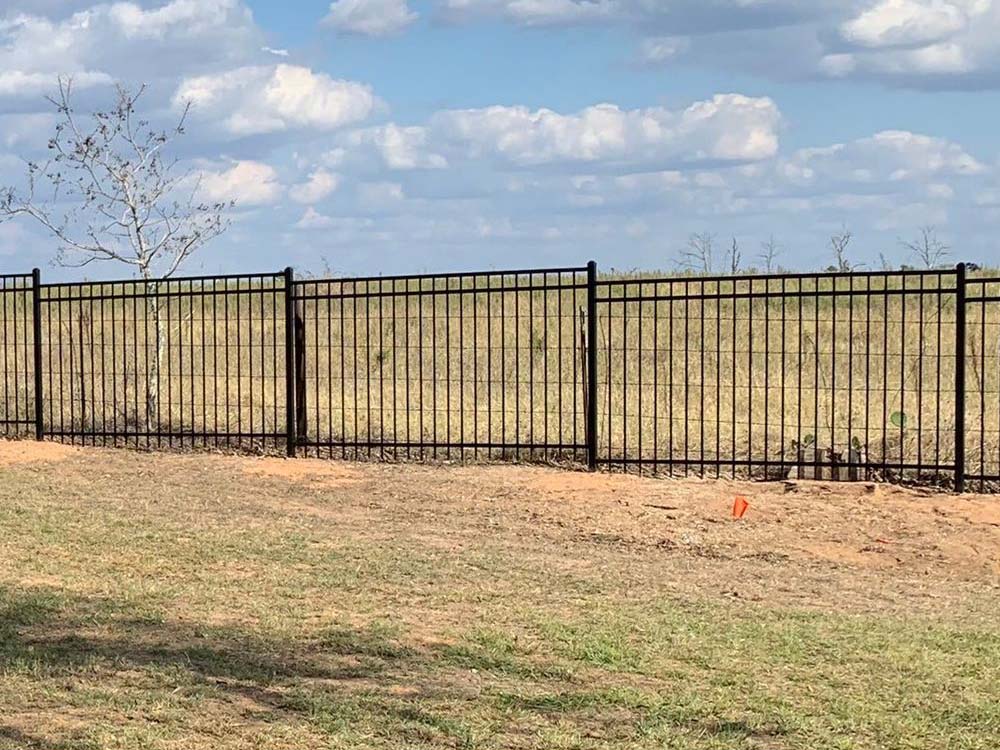Are you considering adding a fence to your Central Texas property? One of the first questions many homeowners ask is, “How tall can I build my fence?” At Butler Contracting, we understand that navigating local regulations and design considerations can be daunting. This blog post will guide you through fence height guidelines in Central Texas, helping you make informed decisions that meet your needs and comply with local ordinances.
How Tall Can I Build a Fence Around My Property?
Understanding fence height regulations is crucial before you begin any fencing project. Local ordinances vary, and what’s allowed in one area of Central Texas might differ in another. Generally speaking, the maximum height for a residential backyard fence is 6 feet, while the front yard fence can be 3 to 4 feet, depending on your municipality.
Check with your local Department of Planning and Zoning to learn more. Or reach out to us! We’re happy to inform you of local regulations and help you get the right fence for your property. If you need an exceptionally tall fence, we can discuss getting approval from the proper authority.
Fence Height by Design
Beyond regulations, fence design plays a significant role in determining the optimal height. Fences that are designed for residential purposes, such as enhanced security and privacy, generally do not need to go beyond 6 feet. Some homeowners prefer fences slightly shorter at 5 feet so they can still maintain visibility over the fence line.
Fence Height Considerations by Type
Security Fences
- Security fences often need to be taller to deter intruders.
- Heights of 6 feet or more are common for security purposes.
- Consider adding security features like barbed wire or spikes (where permitted by local regulations).
Privacy Fences
- Privacy fences are typically 6 feet tall to ensure maximum privacy.
- Some homeowners may opt for slightly taller fences if allowed by local ordinances.
- Solid panel fences are preferred for privacy.
Pool Fences
- Pool fences have specific height requirements for safety.
- Regulations vary, but often require a minimum of 4 feet in height.
- Check local codes for exact specifications.
Decorative Fences
- Decorative fence heights can vary widely.
- Heights are often chosen for aesthetic appeal rather than security or privacy.
- Depending on design, heights can range from 3 feet to 6 feet or more.
Cost Considerations
Fence height directly impacts the cost of your project. Taller fences require more materials, such as wood, metal, or vinyl, which increases the installation cost. Additionally, the labor needed for installation increases with fence height, as it involves more handling of materials, installing taller posts, ensuring the fence’s stability, and structural integrity. Consequently, the overall cost of installation will be notably higher for taller fences than shorter ones. Explore our photo gallery to view projects that we have completed in Bastrop County!
Fence Height FAQs
1. What is the typical fence height allowed in Central Texas?
Central Texas’s maximum allowed fence height generally varies based on the local city ordinances. Most cities allow residential fences up to 6 feet tall in the backyard. Front yard fences often have lower height restrictions, typically around 4 feet. Always check with your local municipality for specific guidelines, as these rules can differ from city to city.
2. Are there any restrictions on the materials I can use for my fence?
Yes, some cities or neighborhoods in Central Texas have restrictions on fence materials, especially for front yard fences. Common materials like wood, vinyl, and metal are generally allowed, but there may be aesthetic, structural safety, and durability guidelines. Be sure to check with your local code enforcement to ensure compliance with material requirements.
3. Can I build a taller fence on my property than what’s allowed by local regulations?
In most cases, no. Building a fence taller than local regulations allow may result in fines or a request to remove the fence. However, you can apply for a variance or special permit in some cities if you can demonstrate a unique need for a taller fence. Always check with your city’s zoning office before making modifications.
4. Can my neighbor build a taller fence than I can?
The height of fences is typically determined by local zoning laws, not the height of neighboring fences. However, if you’re concerned about privacy or aesthetics, discussing your plans with your neighbor before construction begins is a good idea. It’s also important to be mindful of property lines to avoid disputes.
5. Do I need a permit to build a fence in Central Texas?
A permit may be required depending on the city and the size of the fence you’re planning to build. Typically, a permit is necessary for fences over a certain height, such as 6 feet, or if the fence will encroach on public property or easements. It’s best to check with your local building department to determine if you need a permit before you begin.
6. Are there any special considerations for building fences in flood-prone areas?
Yes, if you’re building a fence in a floodplain or flood-prone area in Central Texas, there are special rules regarding the type of fence you can build and how it should be constructed. Typically, fences in these areas must allow water to flow freely to avoid obstructing drainage. You may need to use specific materials and construction methods that comply with floodplain regulations.
Find the Best Central Texas Residential Fence Today!
Working with a professional Bastrop County fence company ensures your project will be handled with care and expertise. At Butler Contracting, we bring over 30 years of experience to every job. Please contact us online or call us at (844) 628-8537.
The team at Butler Contracting is always available to answer your questions and build the fence you’ve been dreaming of. We hope to hear from you soon!



